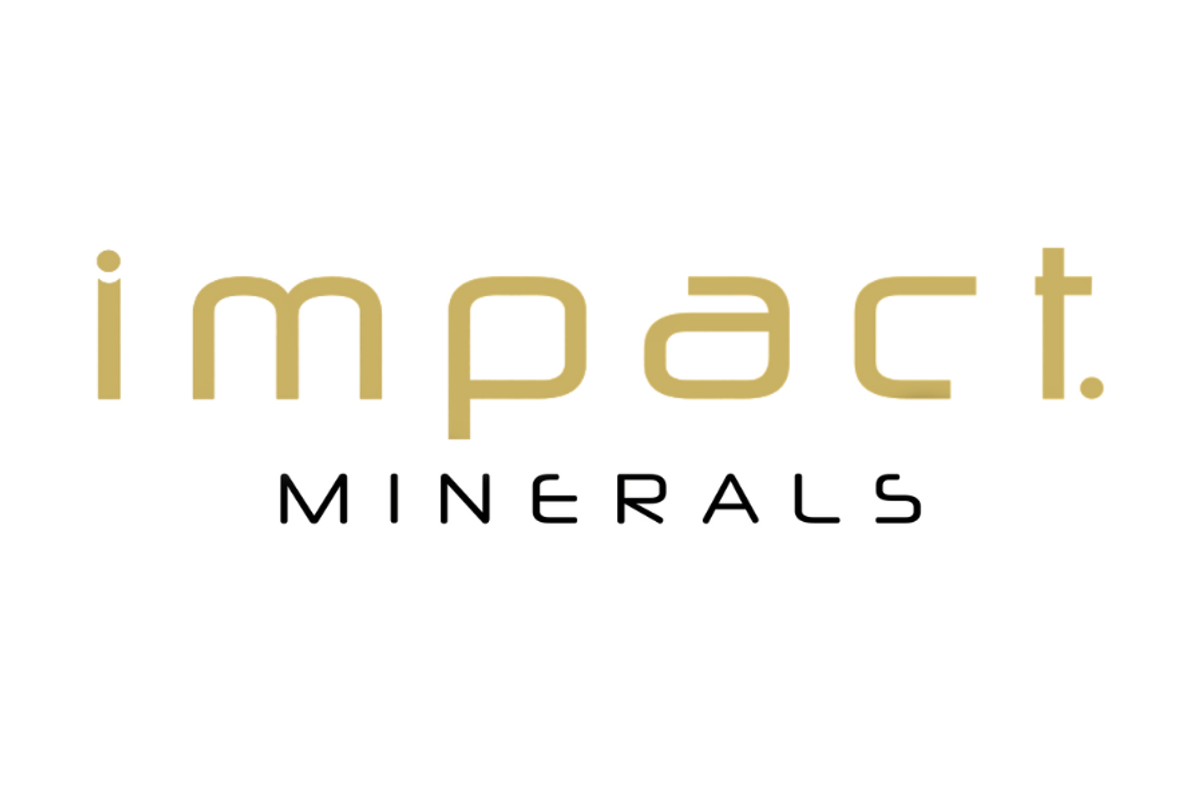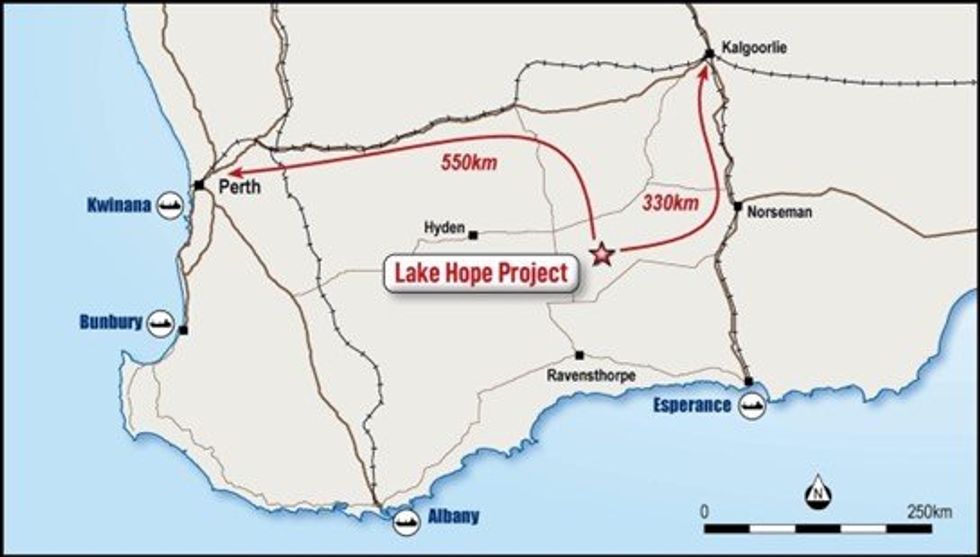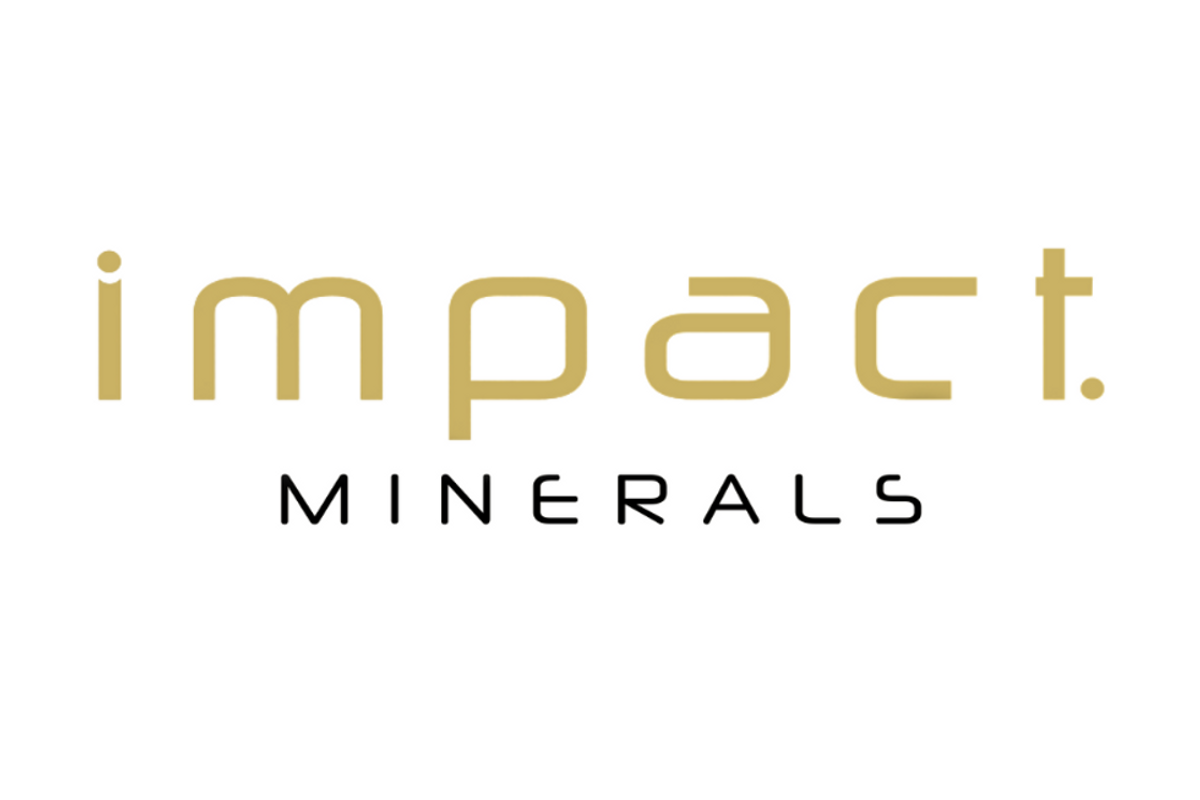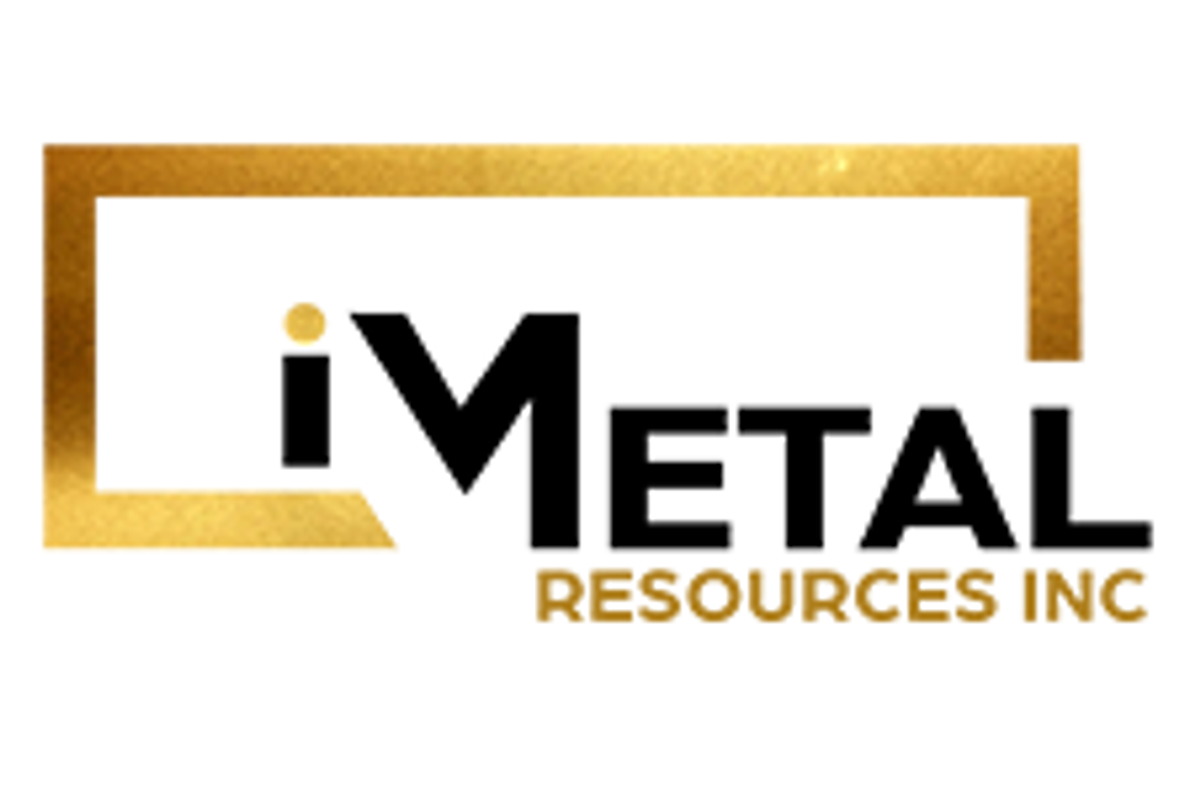
February 26, 2024
A new proprietary metallurgical process has been identified for producing high-value High Purity Alumina (HPA) from the lake clays at Impact Minerals Limited’s (ASX:IPT) Lake Hope project, located 500 km east of Perth in Western Australia (Figure 1). Impact can earn an 80% interest in Playa One Pty Limited, which owns the Lake Hope project, by completing a Pre-Feasibility Study (PFS) on the project which is in progress (ASX Release March 21st 2023 and November 9th 2023).
- 99.99% (4N) Al2O3 produced from a new low-temperature leach (LTL) and acid digestion process called the “LTL Process”:
- The LTL Process is a simpler process that may lower the Capital and Operating Costs to produce HPA compared to the Sulphate Process, which has been the focus of test work to date.
- The Sulphate Process underpinned the recent Scoping Study, which indicated an operating cost of
- The LTL Process will now be included in the ongoing Pre-Feasibility Study in parallel with the Sulphate Process at marginal extra cost to determine the best processing route to HPA.
- The PFS is due to be completed on schedule in late 2024.
Impact Minerals’ Managing Director, Dr Mike Jones, said, “Today we reveal a further exciting breakthrough for producing HPA from the unique mix of minerals that are present at Lake Hope, minerals which have allowed our new LTL Process to produce the benchmark 99.99% pure HPA very quickly after starting the test work.
The LTL Process is simpler than the Sulphate Process that underpinned our recent Scoping Study and showed that at less than US$4,000 per tonne, Lake Hope may produce HPA at up to 50% cheaper than our peers.
We think that further work on the LTL Process could result in even lower operating and capital costs, and this would only further enhance the already impressive economics of the project, which has an NPV8 of well over A$1 billion.
We have now started further optimization studies for the LTL Process and will push forward with our Pre- Feasibility Study using both process routes for the time being to determine the best strategic choice for processing at the project. Given we can run all these tests in parallel for little extra cost, we are still on course to finish the PFS later this year and continue to look forward towards producing HPA from Lake Hope”.

The new process, called the LTL Process, has produced High Purity Alumina (HPA) at 99.99% purity from the raw lake clay in only a few months of laboratory test work (with its attendant delays for holidays and other customer work) (Table 1). This is one of the fastest times to produce HPA from raw materials reported by ASX-listed companies and attests to the relatively straightforward nature of the process. It involves different reagents to those used in the Playa One Sulphate Process, which has also recently successfully produced 4N HPA (ASX Release 19th February 2024).

The LTL Process is a direct low-temperature leach (<90o C) that removes the requirement for sulphuric acid roasting, which was a key part of the Sulphate Process and reduces the number of steps to produce HPA from five stages to four (Figure 2). Accordingly, the new process could offer further reductions in operating costs and capital costs to produce HPA compared to the Playa One Sulphate Process.
The recently released Scoping Study on Lake Hope, which was based on the Sulphate Process, showed that at an operating cost of less than US$4,000 per tonne, Lake Hope could be the lowest-cost producer of HPA globally by a significant margin of up to 50% over Impact’s peers (ASX Release November 9th 2023). Therefore, this margin could be increased should test work on the new process support these initial results and further demonstrate the potential world-class economics of the Lake Hope project.
Click here for the full ASX Release
This article includes content from Impact Minerals, licensed for the purpose of publishing on Investing News Australia. This article does not constitute financial product advice. It is your responsibility to perform proper due diligence before acting upon any information provided here. Please refer to our full disclaimer here.
IPT:AU
The Conversation (0)
22 October 2024
Impact Minerals Limited
Developing the lowest-cost HPA project in Australia
Developing the lowest-cost HPA project in Australia Keep Reading...
27 March
Successful Completion of the Renounceable Rights Issue
Impact Minerals Limited (IPT:AU) has announced Successful Completion of the Renounceable Rights IssueDownload the PDF here. Keep Reading...
19 March
Renounceable Rights Issue Closing Date
Impact Minerals Limited (IPT:AU) has announced Renounceable Rights Issue Closing DateDownload the PDF here. Keep Reading...
13 March
Major drill targets identified at the Caligula Prospect
Impact Minerals Limited (IPT:AU) has announced Major drill targets identified at the Caligula ProspectDownload the PDF here. Keep Reading...
09 March
NFM: Sale of Broken Hill East Project to Impact Minerals
Impact Minerals Limited (IPT:AU) has announced NFM: Sale of Broken Hill East Project to Impact MineralsDownload the PDF here. Keep Reading...
04 March
Update on the Renounceable Rights Issue to raise $5.2M
Impact Minerals Limited (IPT:AU) has announced Update on the Renounceable Rights Issue to raise $5.2MDownload the PDF here. Keep Reading...
9h
Armory Mining Engages Castello Q Exploration for Ammo Antimony-Gold Work Program
(TheNewswire) Vancouver, B.C. TheNewswire - December 22, 2025 Armory Mining Corp. (CSE: ARMY) (OTC: RMRYF) (FRA: 2JS) (the "Company" or "Armory") a resource exploration company focused on the discovery and development of minerals critical to the energy, security and defense sectors, is pleased... Keep Reading...
19 December
Armory Mining Announces Closing of Flow-Through Financing
(TheNewswire) THIS NEWS RELEASE IS NOT FOR DISTRIBUTION TO U.S. NEWSWIRE SERVICES OR FOR DISSEMINATION IN THE UNITED STATES Vancouver, B.C. December 19, 2025 TheNewswire - Armory Mining Corp. (CSE: ARMY) (OTC: RMRYF) (FRA: 2JS) (the "Company" or "Armory") a resource exploration company focused... Keep Reading...
18 December
More high grade gold intercepts at BMT3 in Boundiali
Aurum Resources (AUE:AU) has announced More high grade gold intercepts at BMT3 in BoundialiDownload the PDF here. Keep Reading...
18 December
Top 5 Australian Mining Stocks This Week: Taruga Minerals Climbs on Acquisition of Gold-Copper Projects
Welcome to the Investing News Network's weekly round-up of the top-performing mining stocks listed on the ASX, starting with news in Australia's resource sector.Many of this week's top stocks jumped on news of project acquisitions. Gold companies remained in the spotlight this week as precious... Keep Reading...
18 December
John Feneck: Gold, Silver in 2026, Plus 9 Stocks I'm Bullish on Now
John Feneck, portfolio manager and consultant at Feneck Consulting, shares his thoughts on silver's price breakout, as well as potential triggers for gold's next move up. He also discusses stocks he's watching in sectors like gold, silver and "special situations."Don't forget to follow us... Keep Reading...
18 December
iMetal Resources Completes Flow-Through Financing
iMetal Resources Inc. (TSXV: IMR,OTC:IMRFF) (OTCQB: IMRFF) (FSE: A7VA) ("iMetal" or the "Company) announces that has closed its non-brokered private placement (the "Offering") of flow-through units (each, an "FT Unit"). In connection with closing, the Company has issued 4,160,777 FT Units, at a... Keep Reading...
Latest News
Interactive Chart
Latest Press Releases
Related News
TOP STOCKS
American Battery4.030.24
Aion Therapeutic0.10-0.01
Cybin Corp2.140.00






